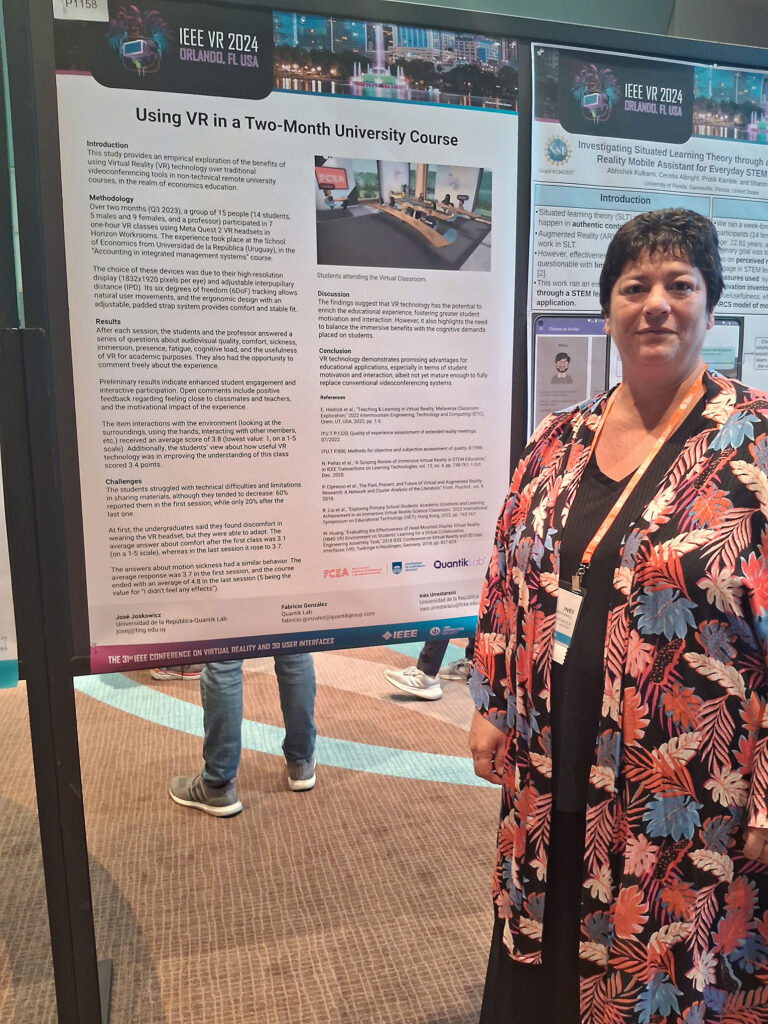From electric motors to cutting-edge connectivity, the automotive industry is in the midst of unprecedented change. The rise of electric vehicle software is not just a trend, it is a profound transformation, and consumers are demanding more and better features from the software that is part of their daily lives.
A growing market
The electric vehicle software market is on a growth curve. According to the strategic consulting firm McKinsey & Company, by 2030 the global automotive software and electronics market is projected to reach 462 billion dollars. This goes hand in hand with the analysis of the financial multinational Morgan Stanley, which presents data on the dizzying acceleration of the adoption of electric vehicles: they are expected to account for 51% of the automotive market by 2040. It is even estimated that by 2050 they will account for 69% of sales and half of all vehicles in circulation.
Considering these indicators, the development of automotive software and its potential as a product in this fast-growing market becomes key. In turn, many of these transformations are manifested in the consumer, who seeks and demands more features and implementations in the software with which he interacts daily in his vehicle.
Advantages and functionalities of software in vehicles
These trends and demands have led to the emergence of the so-called " software defined vehicle", a concept that highlights the importance of computer systems in vehicles and how they become one of the determining qualities of the car as a product. For Deloitte, this concept reflects that the digital systems of this means of transportation surpass its mechanical qualities; it could even be said that the consumer expects a user experience similar to that obtained from a smartphone.
The software of a cell phone and that of a vehicle share benefits, one of which is the possibility of wirelessly updating the system. These updates, which are executed without the need for a physical connection (OTA), are a great advantage in terms of convenience, security and ease of implementation. This allows, during the vehicle's life cycle, to improve functionalities and even add new ones, as long as the hardware allows it.
In this way, cars are always connected to each other and to the infrastructure of the city where they circulate, forming a network. By having a network of this kind, functionalities and benefits similar to those provided by a smartphone arise, which a vehicle without this level of connection would not be able to access. Some of them are:
- Receive real-time alerts on traffic conditions
- Monitoring of road conditions
- Sending emergency notifications
- Online maintenance services schedule
While several of these functionalities are included in the system, there is a tendency for users or buyers to incorporate them through membership packages or other software-as-a-service (SaaS) implementations.
Some use cases
A large part of the electric vehicle market is made up of fleets or coordinated networks where constant monitoring must be carried out; therefore, the software they have is extremely important. Going beyond the features already mentioned, it is essential for fleets of this style to be provided with some specific functionalities, some of them are:
- Security monitoring
- Monitoring and reporting of load levels
- Cloud-integrated data collection
- Route and route management
- Support and maintenance
This type of fleet management and control software seeks to maximize efficiency and reduce operating costs, while also improving the customer experience in some cases.
Several companies are already using these systems. For example, in passenger transportation companies, their adoption has been rapid and beneficial. Some examples are the Uber and Lyft fleets located in the United States and Didi Chuxing, the company that overtook Uber in China a couple of years ago and works in partnership with BYD to provide the vehicles for its fleet.
The link between technology and driving safety
The safety systems commonly found in modern vehicles are called "advanced driver assistance systems". Their task is to record what is happening in and around the vehicle in order to generate automated alerts, notifications or messages and inform the driver about different situations. In general, these include collision alerts, around-view monitors or adaptive cruise controls, among others.
However, the American Automobile Association (AAA) conducted an investigation that found that the more accustomed a driver is to living with these assistance systems, the more prone he or she is to depend on them, which leads to a lower level of attention and a mental disconnection from what is happening on the road. This result is not minor, given that, according to the U.S. National Highway Traffic Safety Administration (NHTSA), crashes caused by distracted drivers in 2021 generated a total of 3,522 deaths.
Therefore, while these technological advances and developments aim to simplify the driving experience and offer safety and comfort, they should never replace attentive and responsible driving.
Smarter and more interconnected mobility
As we move toward a future where vehicles are interconnected and the user experience resembles that of a smartphone, the potential for automotive software development is limitless. Ultimately, we can anticipate that it will become an essential tool in our journey towards a smarter, connected mobility future. Vehicles will not only be means of transportation, but also hubs of connectivity and convenience, where wireless updates, constant connectivity and efficient fleet management will be the norm.
Have you ever stopped to think about how your vehicle could be more than just a mechanical machine? Imagine a future where your car not only gets you from one place to another, but also becomes your personal assistant, your ally in safety and your window to a world of digital possibilities.
The next time you sit behind the wheel, consider that your car is much more than a machine; it is a constantly evolving digital platform.
By Martin Piriz, Research & Development Assistant Quantik Labs
Martin is an advanced student of Communication Systems Engineering, with a profile focused on signal processing and machine learning.
Since 2022 he is part of QuantikLabs assisting in the research and development of projects and products.
About Quantik Lab
Quantik Lab is the area of the Quantik Group dedicated to research and development (R&D). Its objective is to foster and mature the creation of new products and technologies, which can then be scaled. Ideas for exploring new topics come from both customers and partners.
Today, he conducts research on metaverse, internet of things, electric mobility, customer experience and smart cities.



